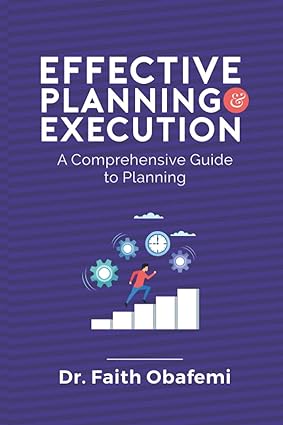Mapping Your Skills: Aligning Strengths with Career Opportunities
I strongly believe in the power of developing strengths. Each of us has areas where we naturally excel. I believe that focusing on and nurturing these strengths is the key to progress and success.
Understanding your unique set of skills and aligning them with suitable career opportunities are fundamental aspects of professional growth and satisfaction. Let’s explore strategies for mapping your skills and finding the right career path that maximizes your strengths and potential.
1. Identify Your Natural Talents and Abilities:
Start by listing your innate or natural talents and abilities. Ask yourself: What am I naturally good at? Which tasks come easily to me? Am I more comfortable working alone or in teams? Prioritize your natural talents based on their relevance to your chosen career path.
2. Evaluate Your Hard and Soft Skills:
Hard skills are technical competencies gained through education, training, or experience, like programming or accounting. Soft skills, such as communication and leadership, are interpersonal attributes. Assess your proficiency in both types of skills to understand your strengths.
3. Assess Your Work Experience:
Reflect on your past jobs, internships, or volunteer roles. Identify the skills you acquired and developed throughout your career journey. Focus on your responsibilities, projects, and achievements to pinpoint areas of expertise.
4. Gather Feedback from Others:
Seek feedback from colleagues, managers, mentors, or friends. Ask them to highlight your strengths and areas for improvement. Their feedback can offer valuable insights into your capabilities and blind spots.
5. Map Your Skills Using Visual Tools:
Visual tools like Venn diagrams or skill matrices help organize and analyze your skills effectively. Categorize your skills into technical, interpersonal, analytical, or creative domains. Plot your strengths and weaknesses within each category to identify patterns and gaps.
6. Match Your Skills with Suitable Job Roles:
Now, match your skills with relevant job roles and career paths. Look for job descriptions that align with your strengths and preferences. Use online resources or career counseling services to explore job listings tailored to your skill set.
7. Acquire New Skills Through Education and Training:
Invest in continuing education or training to fill any skill gaps. Enroll in online courses, attend workshops, or pursue certification programs to enhance your employability and address weak areas.
8. Network with Professionals in Your Field:
Networking with industry professionals can provide valuable insights and opportunities. Join professional organizations, attend events, or engage in online communities to expand your network and stay informed about industry trends.
9. Practice Patience and Persistence:
Aligning your skills with career opportunities requires time and persistence. Stay committed to learning, growing, and improving your skills to remain competitive in the job market.
Mapping your skills and aligning them with suitable career opportunities is crucial for professional growth and satisfaction. By following these strategies, you can identify your strengths, find the right career path, and unlock your full potential. Remember to be patient and persistent, as finding the perfect fit takes time and effort.
Purchase EFFECTIVE PLANNING & EXECUTION: A comprehensive Guide to Planning by Dr. Faith Obafemi.
The book is a comprehensive guide on the journey of planning and execution to have good results that stand the test of time, while also building you up. Isn’t that just great?It contains juicy contents such as reasons for planning at all and what planning is, entails, and is not. You will learn about the things you must establish and have in place to plan and execute successfully. In addition are a breakdown of the enemies of this success and how to overcome them. Two beautiful surprises await you from two unique and great mentors. This is a loaded ensemble.Enjoy.




